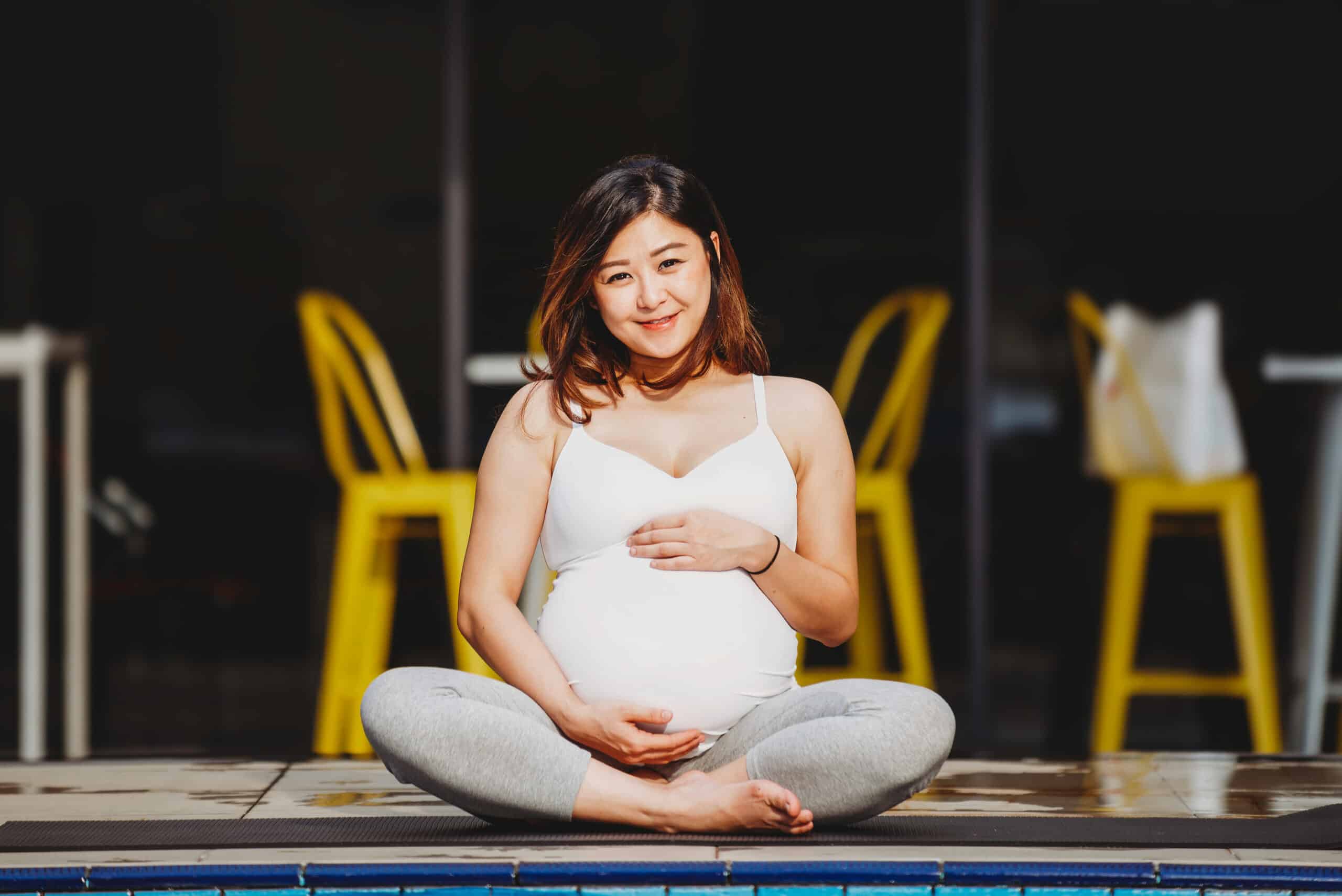Researchers are exploring various potential causes of infertility, such as environmental factors, and whether modifying these factors could have any effect on fertility outcomes.
A recent study examined how exposure to solar radiation influences female fertility. Researchers examined levels of a specific hormone called anti-Müllerian hormone (AMH) and how levels of this hormone varied during different times of the year.
The results were significant for women over 30 who experienced higher levels of AMH in the spring and autumn when there were moderate levels of solar radiation intensity.
However, researchers did not observe this effect in women under 30, indicating that solar radiation may affect female fertility more with age.
“When evaluating the fertility status of a patient, often, an anti-Müllerian hormone level is obtained. This level correlates to ovarian reserve. Studies have revealed that AMH declines with age, and therefore also does fertility,” non-study author Dr. Kelli V. Burroughs, a national media women’s health medical expert and department chair of OB-GYN at Memorial Hermann Sugar Land in Texas, explained.
Researchers found that AMH levels declined with age, so they divided participants into two groups: aged 20-29 years and 30-40 years. For women in the 20–29-year category, researchers did not find an association between AMH levels and the seasons or solar radiation intensity.
However, the results differed for women in the 30–40 year group. Researchers found that AMH levels increased for these women in the spring and autumn when there were moderate solar radiation intensity levels compared to the winter months when there were low solar radiation intensity levels.
The results indicate that exposure to moderate solar radiation may be helpful for women in their 30s who are trying to get pregnant.
Source: Medical News Today







